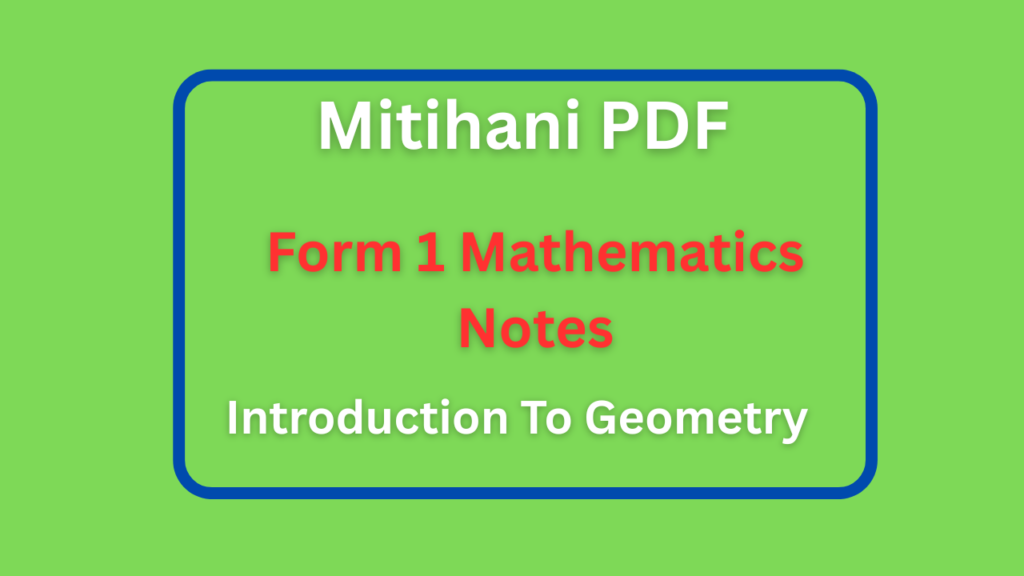Introduction to Geometry in Form One Mathematics
Geometry is a fundamental branch of mathematics that deals with the study of shapes, sizes, angles, and the properties of space. In the Tanzanian Form One syllabus, students are introduced to basic geometric concepts such as points, lines, planes, and simple shapes like triangles, rectangles, and circles. These foundational topics help learners understand how geometric figures are constructed and how they relate to real-world objects. The study of geometry also involves learning about angles, their types (acute, obtuse, right, and reflex), and how to measure them using a protractor. By mastering these basics, students develop problem-solving skills and logical thinking, which are essential for advanced mathematical topics in later forms.
Additionally, the Form One geometry syllabus in Tanzania covers the concepts of perimeter and area for common shapes, providing students with practical skills for calculating measurements in everyday life. Students learn to identify different types of lines, such as parallel, perpendicular, and intersecting lines, as well as the properties of polygons. The syllabus also introduces simple constructions using geometric tools like rulers, compasses, and protractors. Through hands-on activities and problem-solving exercises, students gain confidence in applying geometric principles. This early exposure to geometry prepares them for more complex topics in subsequent years, such as congruence, similarity, and the Pythagorean theorem, ensuring a strong mathematical foundation.

